Openings in chess – 5 most unusual openings played by Grandmasters
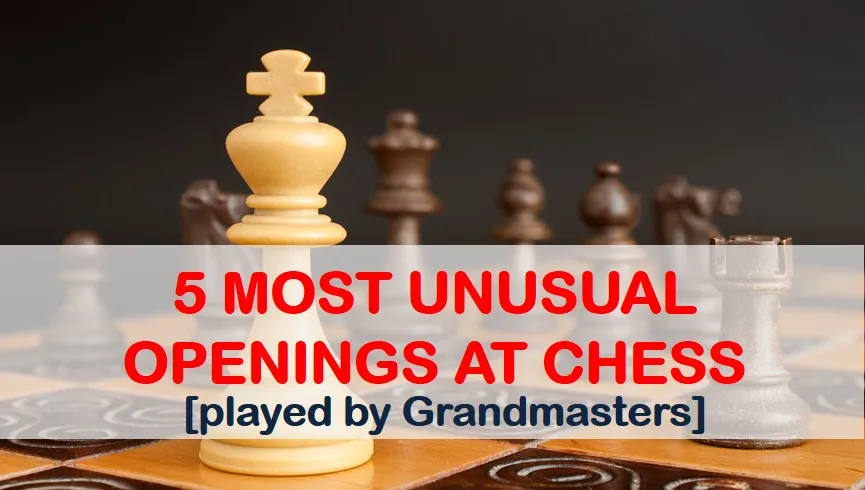
Openings played by Grandmasters: Modern chess has become a sport of not only skills but also knowledge and memory. It has always been like this, but since the irruption of computers in our game, memorization has become more important than it used to be.
Today, many players are victims of too much computer use; they learn the openings by heart, following their predecessor’s footsteps without questioning during the opening phase of the game. The main drawback of this approach is that creativity in the opening nowadays is lost. It costs more and more to be an original player, although some still try!
In this article, we are going to have a look at the past and see the most creative ideas in the opening that Grandmasters have employed. The idea is to give you a fresh look and see that it is possible to win games by playing rarities and taking your opponents far from their book. It’s a matter of mindset, taking risks, and leaving fears aside.
Openings played by Grandmasters – Part 1
Needless to say that some of the lines you will see below have a bad reputation according to modern theory, not without reason. However, the main point of playing original and being creative is to take the game far from that opening theory!
Zviaginsev’s 2.Na3 against the Sicilian
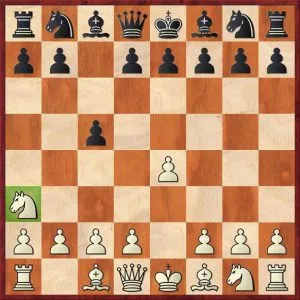
It may have started as a joke, but the move 2.Na3 escalated quickly among chess players. Technically, it is not a novelty by Vadim Zviaginsev, but he was the first Grandmaster to play it, winning a game against Khalifman. It is said that Khalifman actually laughed at the board when he saw his opponent play 2.Na3.
Ready to start systematic training that actually works?
Click here to start your training using the day-by-day program.
Ever since this game was played, 2.Na3 became very popular, and super strong players such as Malakhov, Sasikiran, and Shabalov, to name a few, started using it as well. Nowadays, this move has to be taken seriously, just as any anti-Sicilian. See the game here:
Tony Miles’ unforgettable 1…a6!?
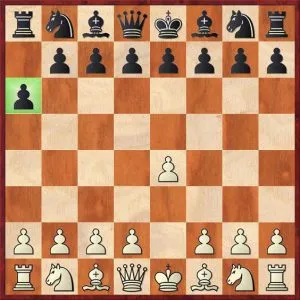
Probably every chess aficionado has this game in their memory, no matter if they recall or not the moves played later on. Everyone knows that Miles beat Anatoly Karpov with 1…a6 against 1.e4. The idea is pretty simple – black wants to play b5, Bb7, followed by e6 and c5, with a Sicilian type of position. It is obvious that white has more than just one road to an advantage, but the game can’t be decided in the opening and it is a middlegame battle. Miles won the game and never again played 1…a6. See it here:
Mihai Suba’s 3…Qe7 against the Ruy Lopez
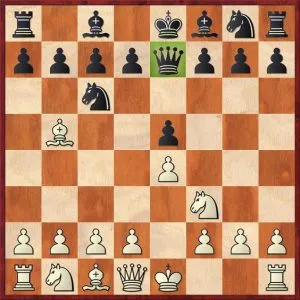
Grandmasters – Part 2
The Ruy Lopez is by far white’s most popular weapon against 1…e5. It is hard to imagine that black can sidestep the beaten path of years and years of practice in this opening. However, the Romanian GM Mihai Suba played 3…Qe7 from time to time with reasonable results. Black’s idea is to play 4…Nd8 followed by c6 / d6 / with a sort of Philidor / Pirc defense. Just a few days ago Suba played this opening and won a very nice game.
Kovalenko’s 2.Be2 against the Sicilian
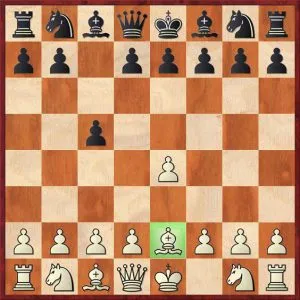
In 2015 Kovalenko won the strong Najdorf Memorial employing the move 2.Be2 against the Sicilian defense. The plan was to continue with f4-Nf3-d3 and so on, depending on black’s setup. This plan was known before, however by a different move order, 2.d3 or 2.f4.
Tarrasch’s 3…Qa5 in the Alapin
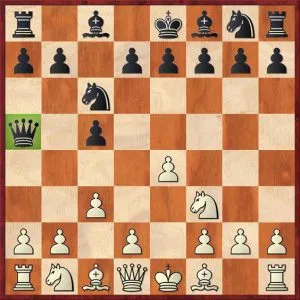
The idea of Qa5 against the Alapin belongs to Dr. Siegbert Tarrasch who won a game against Simon Alapin in Vienna in 1898. Black breaks the opening principles in order to interfere with white’s immediate intentions of playing d4. Several Grandmasters have employed this move in tournament practice; the strong Sergei Movsesian is one of them, but the legendary Oleg Romanishin has also used it in his games. Of course, Qa5 has a very dubious reputation, but for a rapid game or an unprepared opponent, it is still a playable choice. See the following game:
Openings in chess – Conclusion
We hope you have enjoyed this article and learned something new from the games above. We don’t recommend any of these lines; we’re just showing the variety of choices and surprise weapons that can be used depending on the scenario.
If you want to improve your chess level, you need to have a clear study plan. If you aim for a dramatic improvement at chess you need to work on all of the elements of the game in a systematic way:
- tactics
- positional play
- attacking skills
- endgame technique
- classical games analysis
- psychological preparation
- and much more
That seems to be like a lot of things, and that is. But no worries, we have made it easy for you. Our comprehensive training course covers it all and much more. Sign up for 21 Day Training right now!
Do you want to improve your skills at openings in chess? Check out our store and articles:



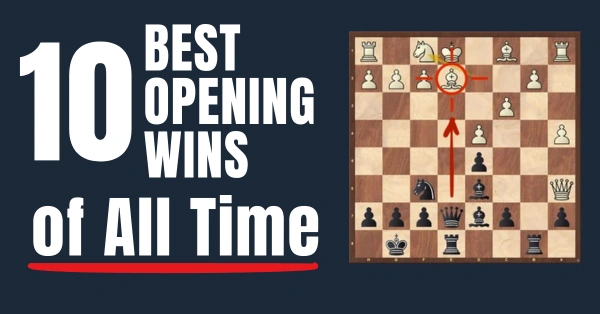
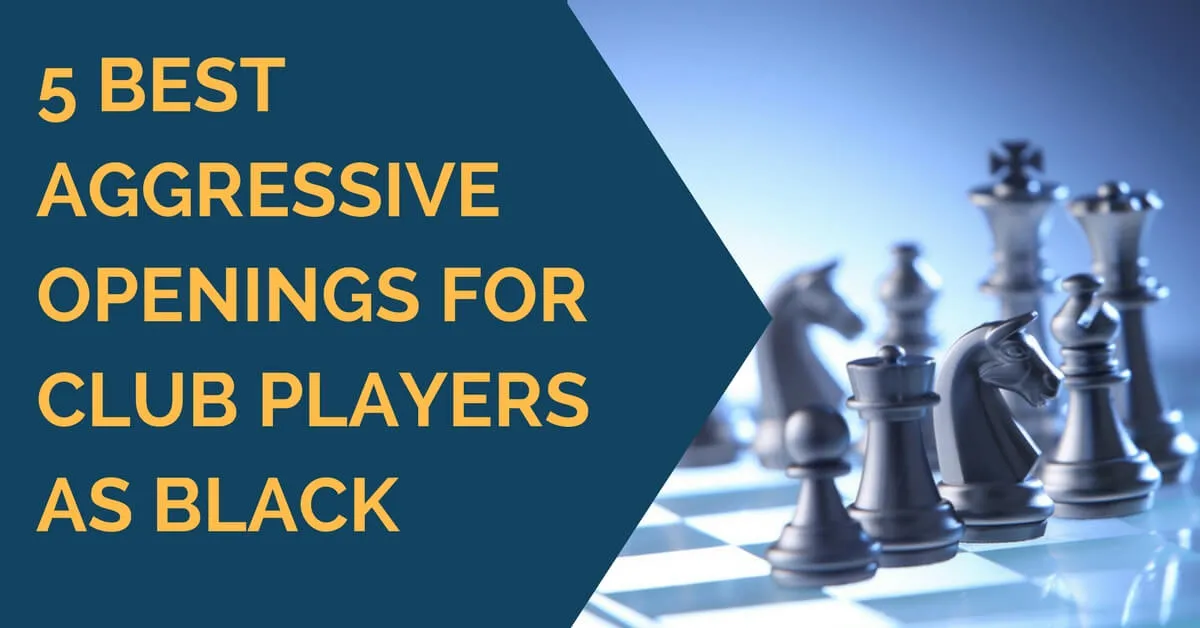
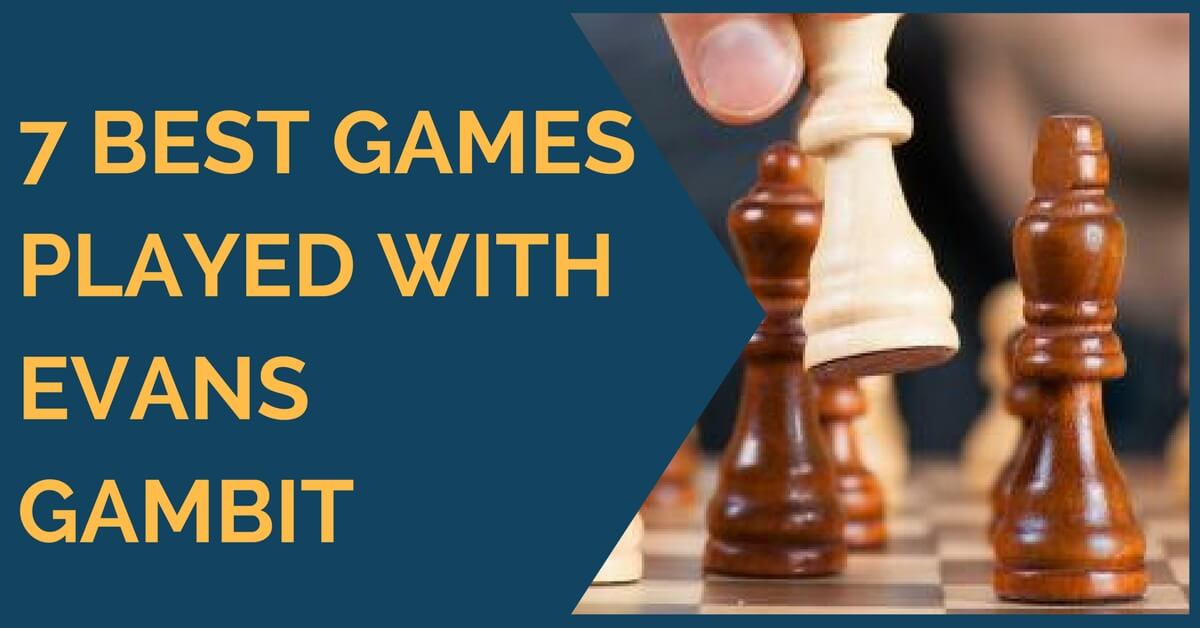




Comments: